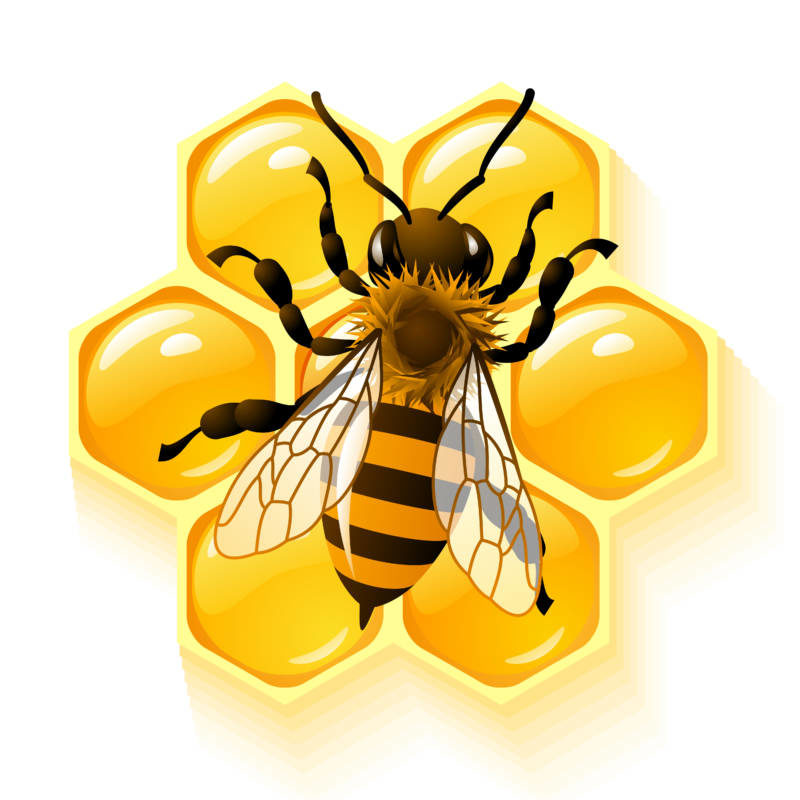
 In this interview Mark Kaylor discusses the science of brown propolis. If propolis is new to you, then this will be an excellent introduction to the topic. If you are familiar with propolis you will learn something new. Many people don’t realize that there are at least three types of propolis and each is designated by a color. Brown propolis is the most common, followed by green propolis and then red propolis. In this series with Mark we will discuss each of these types in depth as we go forward.
In this interview Mark Kaylor discusses the science of brown propolis. If propolis is new to you, then this will be an excellent introduction to the topic. If you are familiar with propolis you will learn something new. Many people don’t realize that there are at least three types of propolis and each is designated by a color. Brown propolis is the most common, followed by green propolis and then red propolis. In this series with Mark we will discuss each of these types in depth as we go forward.Mark leads us in a discussion of the science which is extensive. Remember that discussion of the science is not to be construed as a medical claim. Bee propolis is a food. Like honey and bee pollen, propolis is a product of the bee hive. As a superfood, propolis has many beneficial compounds and it has many benefits for human health. Propolis has been the subject of over 100,000 studies. This fact alone should suggest that the benefits of propolis have been impressive.
These studies suggest that propolis is valuable and worthy of ongoing research. Again, just to be clear: These studies do not make propolis a drug. Rather these studies reveal the powerful nutritional benefits found in nature. Propolis exerts its benefits on the structure and function of human health.
Propolis is full of natural compounds that have amazing benefits for human health. Propolis has been used for hundreds of years. Mark discusses some of the antioxidants that make propolis unique. Mark also begins to make some distinctions between brown, green and red propolis. We will discuss the green and red propolis types in upcoming interviews with Mark atHealthQuestPodcast.com.









